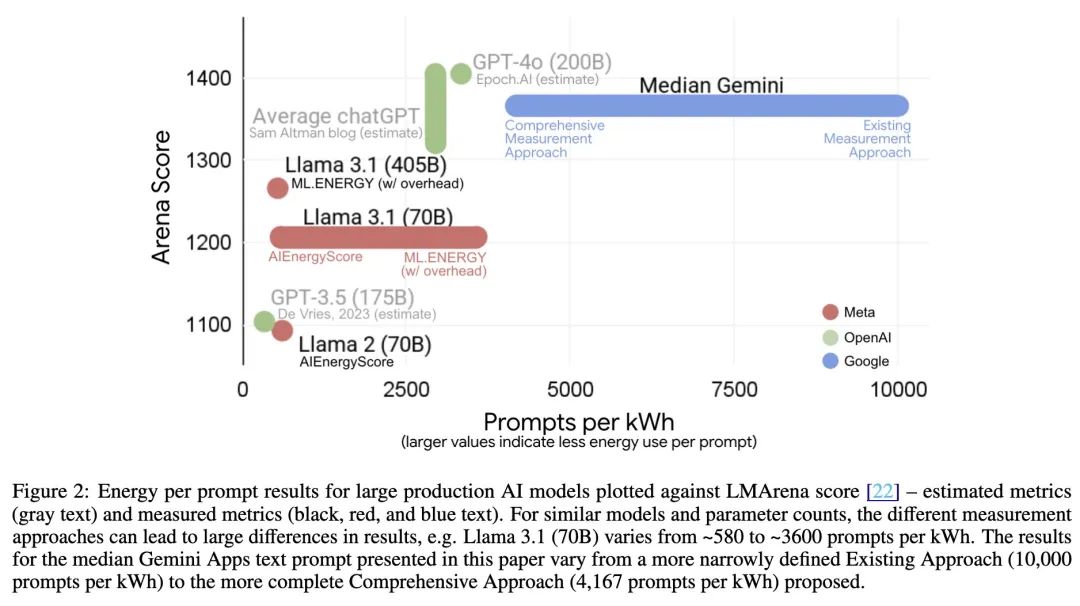In July 2025, the World Artificial Intelligence Conference (WAIC 2025) opened in Shanghai. This year's conference sends a clear signal that the industry's focus has shifted from a race of technical parameters to a profound exploration of the role of AI in society. The core issue is no longer what AI can do, but what we want it to be, and how to make it fit properly into the real world.
The three-day conference brought together over 800 companies showcasing more than 3,000 exhibits. From basic models to smart hardware, to social, office and content creation, all technologies and products point to a common trend: artificial intelligence is evolving from a technical system, to a social system. It is no longer just a tool, but is starting to become a player in influencing lifestyles, organizational structures and even value judgments.
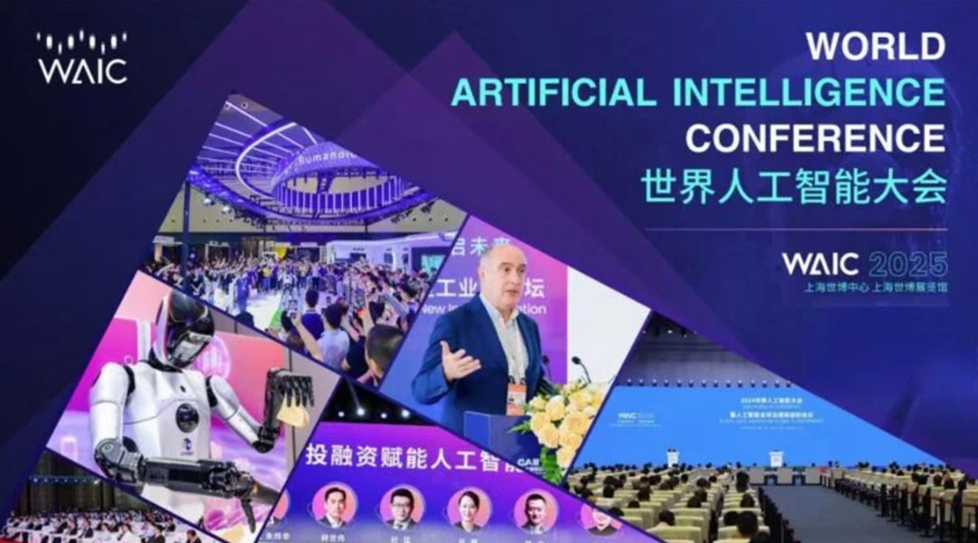
Collaborative and deployable: embodied intelligence enters the "mission phase"
Robots that were once used as technology demonstrations are now able to perform tasks with precision in real-life scenarios. The advancements in embodied intelligence are clearly visible in the main pavilion at WAIC 2025. Galaxy General's Galbot The service robots from DynaSmart were able to deliver beverages, while the "Robot Troupe" from Jiyuan Robotics performed calligraphy and percussion.


Compared to 2024, this year's embodied robots are not only more stable and responsive in their actions, but more importantly, they are equipped with preliminary task understanding and collaborative capabilities. At the Zhiyuan booth, the robot can complete curling matches and interactive stamping with the audience, and the whole process does not require human intervention.

Behind this progress is the synchronized development of new-generation AI chips, motor control, force perception sensing and multimodal fusion technologies. Galaxy General, for example, a company founded in 2023, has received more than 2.4 billion yuan in financing. Its biggest breakthrough is not to improve the dexterity of robotic arms, but to give robots a clear sense of "mission". They are no longer machines that perform isolated actions, but take on specific responsibilities in real-life scenarios, and are able to complete a complete interactive closed loop initiated by humans, adjusted by the environment, and fed back by machines.
Three evolutionary paths for AI: from infrastructure, to endpoints, to platforms
If the big model boom in 2023 made AI a tool for engineers, AI is accelerating towards massification and individual enhancement from 2025. Huawei, Ali, and Baidu show three key paths for AI integration into society from the dimensions of underlying arithmetic, terminal interaction, and development tools, respectively.
- Huawei (brand): First offline exhibition of Rise
384Hypernodes. With a new high-speed interconnection architecture, the system solves the common problem of large model training in the pastNPUcommunication bottlenecks, enabling huge computing clusters to operate as efficiently as a unified supercomputing body.
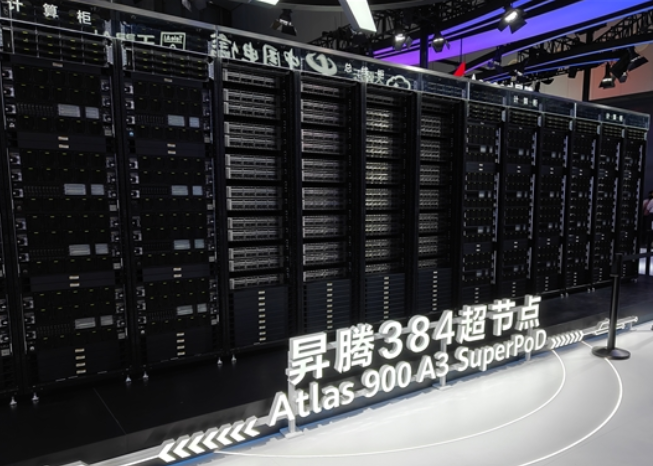
- Ngari prefecture in Tibet, Tibetan: Mnga' risThe company also presented its self-developed AI glasses, "Quark Glasses", which is embedded with a thousand questions and integrated with functions such as Gaode navigation and Alipay and Taobao price comparison. The device is embedded with the Tongyi Thousand Questions model and integrates functions such as Gaode Navigation, Alipay and Taobao Price Comparison, encapsulating the capabilities of the large model in a portable terminal.
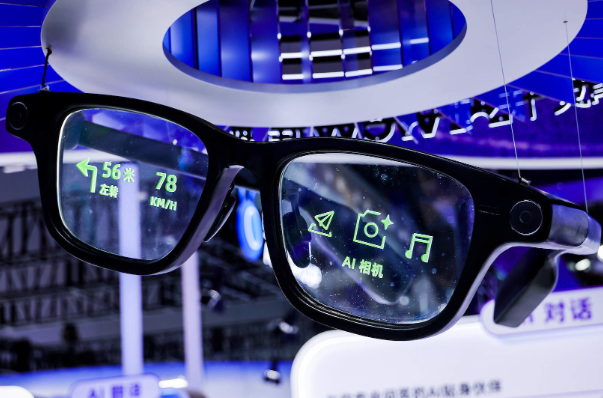
- BaiduThe "Seconda" zero-code platform has been released. Users only need to describe their requirements in natural language, and the platform can automatically complete the entire process from product development to testing, making it possible to promote the concepts of "one-person company" and "AI employee team".
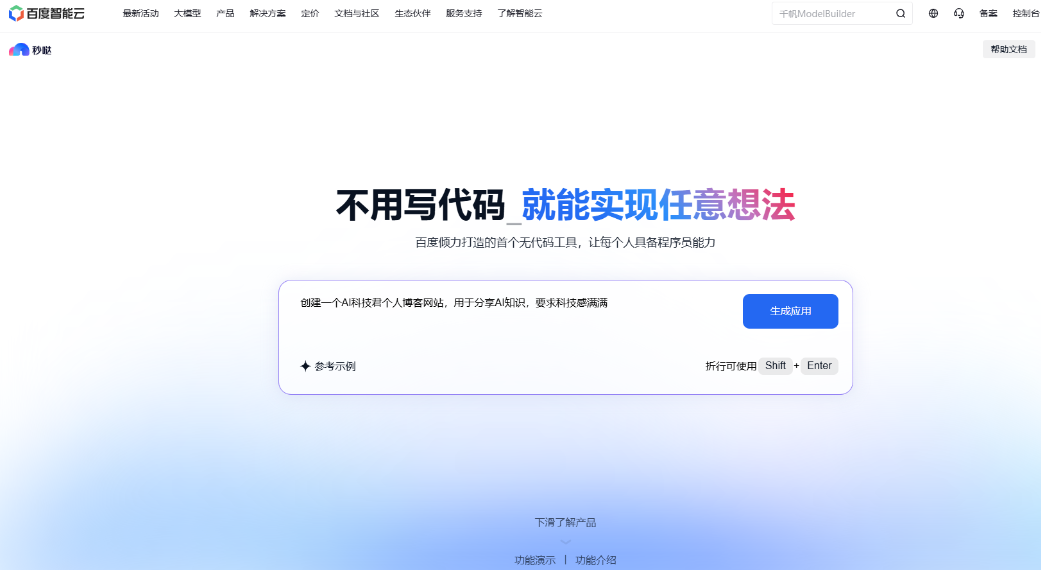
Together, these three paths form a technological closed loop: powerful arithmetic is the foundation, portable terminals are the touchpoints, and automated development platforms provide the logical interface. Together, they reveal a clear trend of AI moving from professional development environments to the daily lives of the masses.
Task Intelligentsia: From Chatbots to Digital Collaborators
In 2025, AI Agents (intelligent bodies) are no longer conceptual explorations, but real task execution systems on the ground.
Baidu's release of the NOVA The Digital Man platform, with its script generation, emotion regulation and real-time content adjustment capabilities, has been validated in commercial live broadcasts, supporting Luo Yonghao's Digital Man live broadcasting room to create a 55 million RMB GMV TheMiniMax displayed MiniMax Agent With multi-threaded execution capabilities, complex tasks such as web development can be accomplished on the platform. Smart Spectrum AI's AutoGLM Instead, it automates the entire chain from receiving instructions to cross-application interaction through task planning and screen understanding technologies.

exist AutoGLM In the live demonstration, a command to "grab red packets, order takeout, and write reviews" was completely disassembled and successfully executed by the AI, and its operation spanned multiple independent applications such as WeChat, Xiaohongshu, and Taobao. This is far beyond the capabilities of traditional chatbots, and signifies that the Agent It is becoming a key interface layer that connects AI technology with real-world applications.
Divided Paths: The Rules of Survival for Startups
China's big model startups, once known as the "six little dragons of AI", are showing a clear path divergence in 2025. This year, there is only step leap star,MiniMax, Smart Spectrum AI and Dark Side of the Moon are four exhibitors.
- jumping stars: Full-size multimodal model introduced
Step 3, and in conjunction with Geely, released a large model of in-vehicle end-to-end voice.
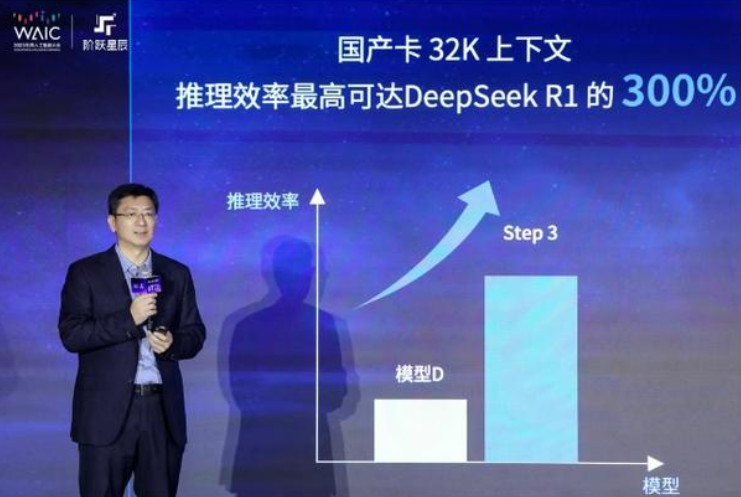
- MiniMaxThe company is positioned as a "systematic augmentation tool" with a product line that covers a wide range of domains, including intelligences, speech, and content generation.

- Smart Spectrum AI: Continuing to work deeper on the task execution capabilities of the generic model.
- The Dark Side of the Moon: Focusing on code generation capabilities vs.
AgenticTasks are handled on.

Meanwhile, Baichuan Intelligence and Zero2World, which are not exhibiting at the show, have shifted their business focus to vertical areas such as healthcare and enterprise services. While another company, Facade Intelligence, has chosen to seek a breakthrough in vehicle end-side modeling, with its models MiniCPM It will soon be available in the production model, which will go on sale in August.
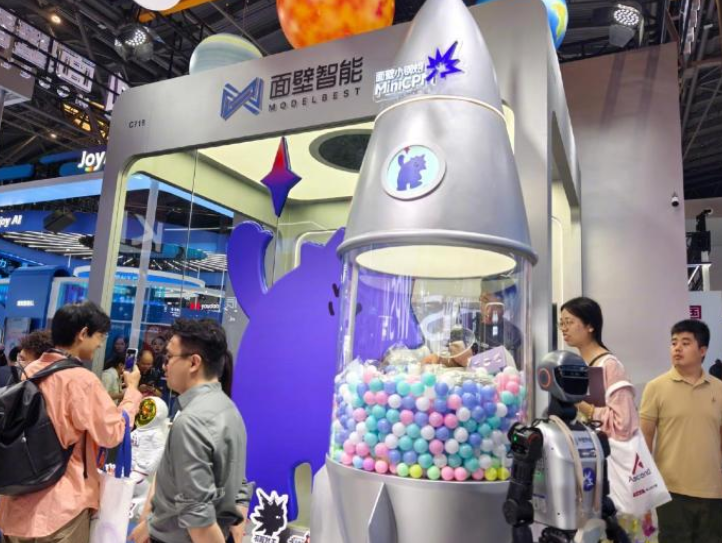
This divergence reflects that, with the capital market returning to rationality and the continued high cost of R&D for general-purpose large models, the pursuit of verticalization and scenario-based landing with clear ROI is becoming a pragmatic choice for more and more startups. The strategy of "high-flying" is no longer applicable to all players.
Toward the End: AI Enters the Emotional and Collaborative Scene
One of the major changes in this year's WAIC is that "emotion perception" and "empathetic feedback" have become the core functions of many products, and AI is evolving from a cold efficiency tool to a digital presence that can enter into personalized and emotional scenarios.
ShangTech has launched a number of AI companion robots that integrate multimodal recognition, contextual memory, and emotion simulation to enable psychological companionship and behavioral interventions. Social Apps Soul It has shown a virtual human with autonomous speech rhythm, breaking the mechanical mode of traditional robots of "one question, one answer". In the office field, Jinshan, Xunfei, Mito and other vendors are promoting the evolution of AI assistants from "plug-ins" to "team roles". Mito Molitone 2.0 Mail parsing, task distribution and process approval can already be accomplished, realizing multiple Agent The synergy of the
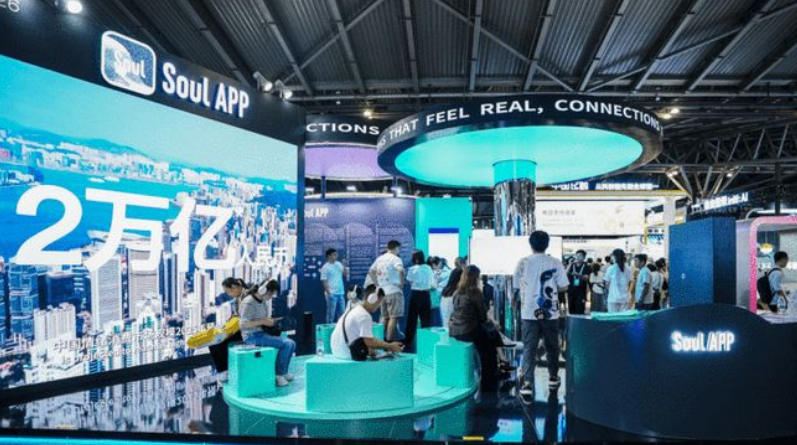
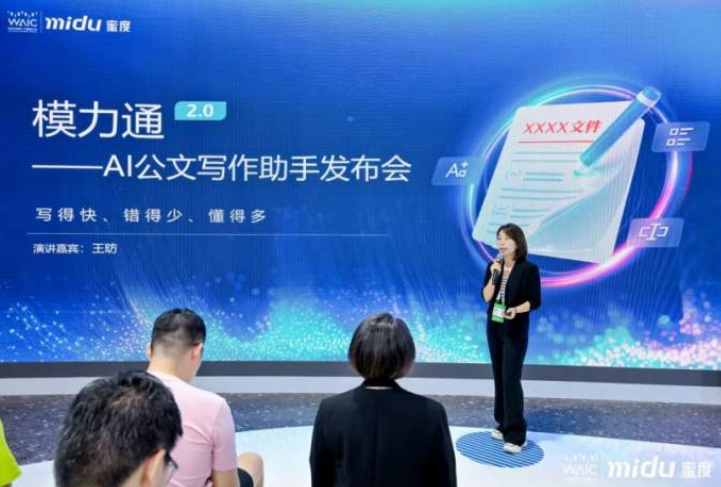
In addition to emotional companionship, AI is reshaping the interaction paradigm of knowledge work. A startup founded in 2024 Flowith It provides a "non-linear thinking canvas". It gets rid of the traditional linear dialogue mode, allowing users to expand their thoughts in a multi-branch, visual way, realizing the co-creation of people and AI. Its founder, Ni Zhengmin, said that their goal is not to build smarter chatbots, but the next generation of thinking aids.
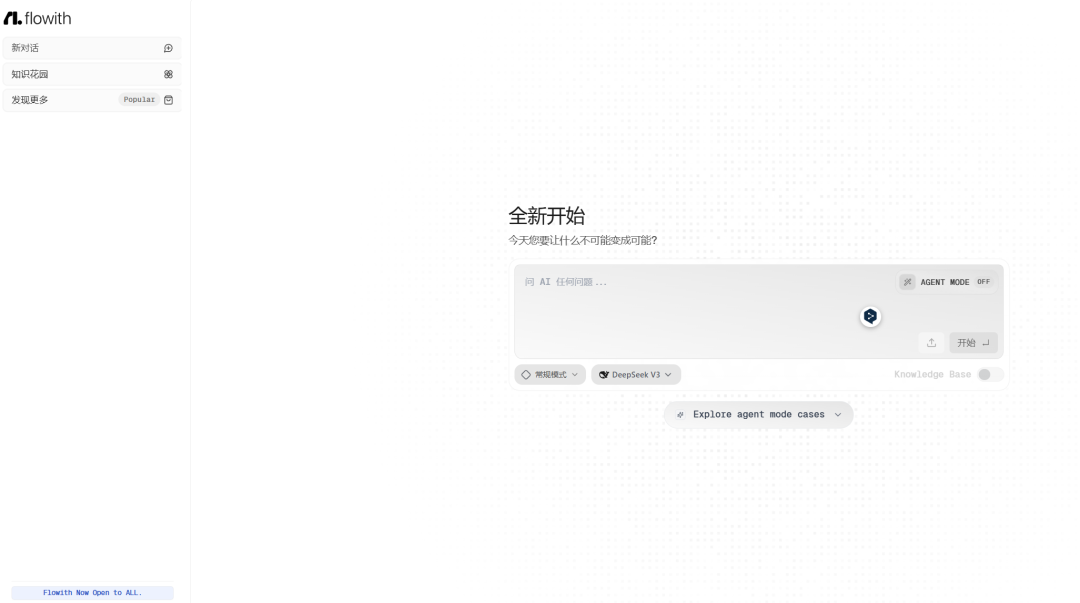
Flowith The rapid growth of AI apps demonstrates the "second growth curve" of AI apps: when the performance of the underlying model is no longer the only determining factor, the key to competition becomes whether the product can actually be used efficiently by users.
Hinton's Question
At the closing forum of the Conference.Geoffrey Hinton A thought-provoking question was raised:
"We're raising a tiger that's too smart to shut down, are we ready?"
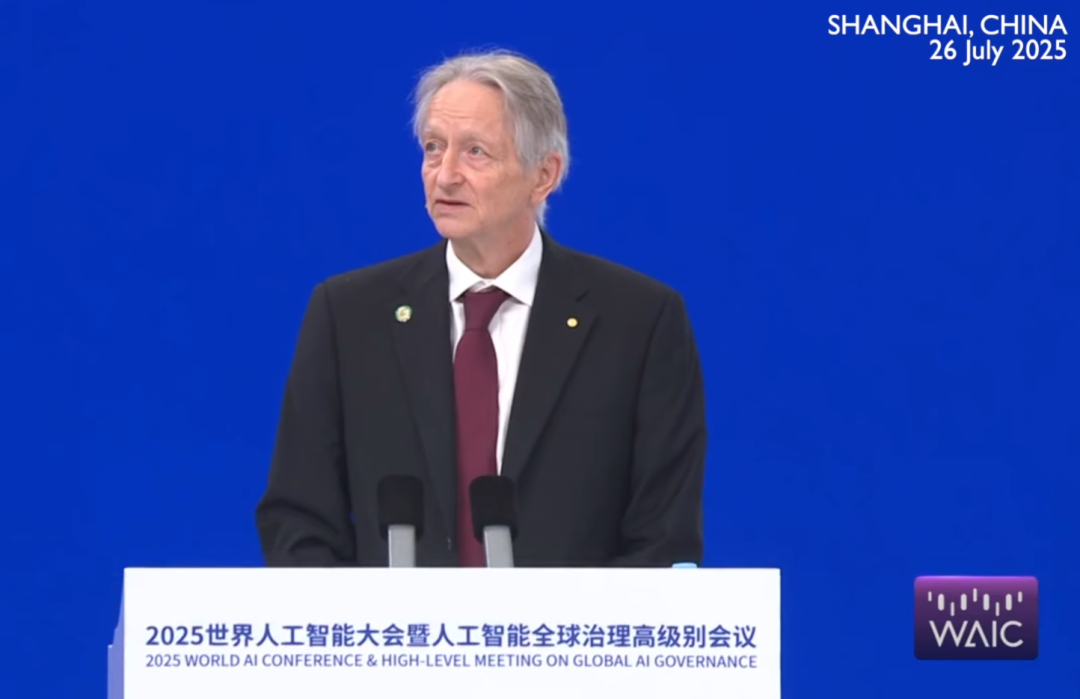
He didn't give an answer, but suggested that countries create an international network of cooperation on AI security and work together on how to train AI to be "good" rather than just "smarter".Hinton The warning is a reminder to society as a whole that AI has the ability to set its own goals and schedule its own strategies, and that we must be proactive in designing boundaries for AI in its early stages of development.
Perhaps the real significance of WAIC 2025 is that it marks the beginning of a public consultation on the future shape of intelligence. What is displayed in the pavilion is not only a product, but also a relationship between technology and society that is being reconfigured.







